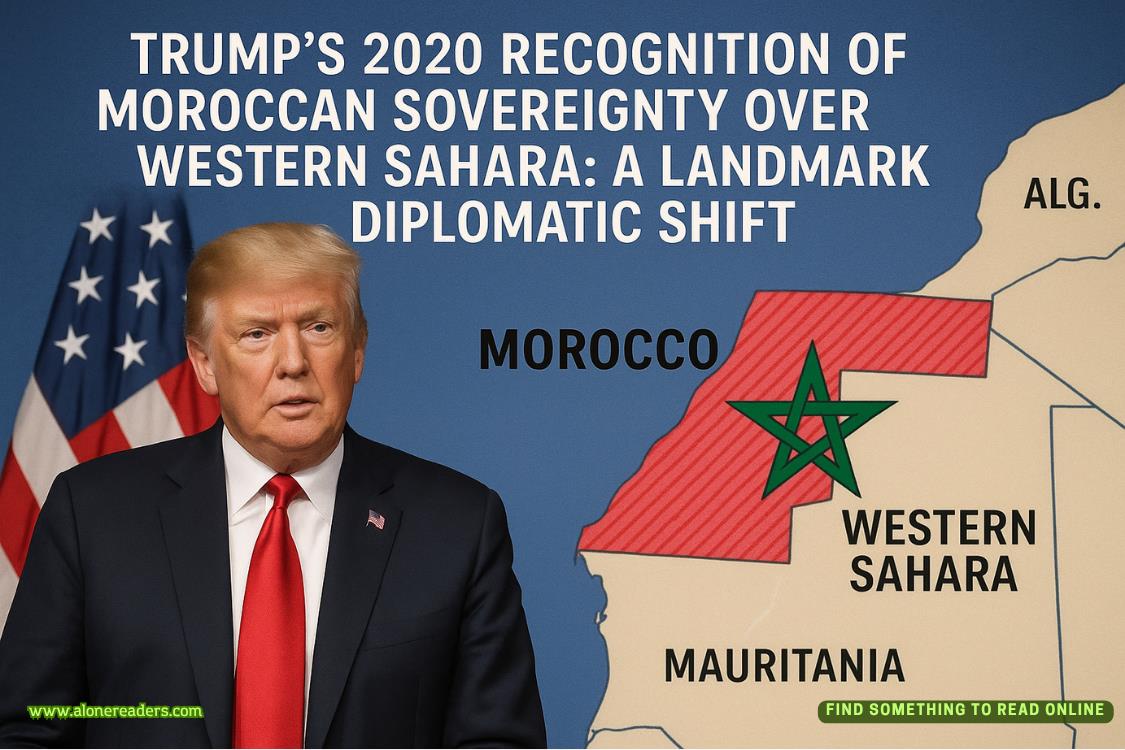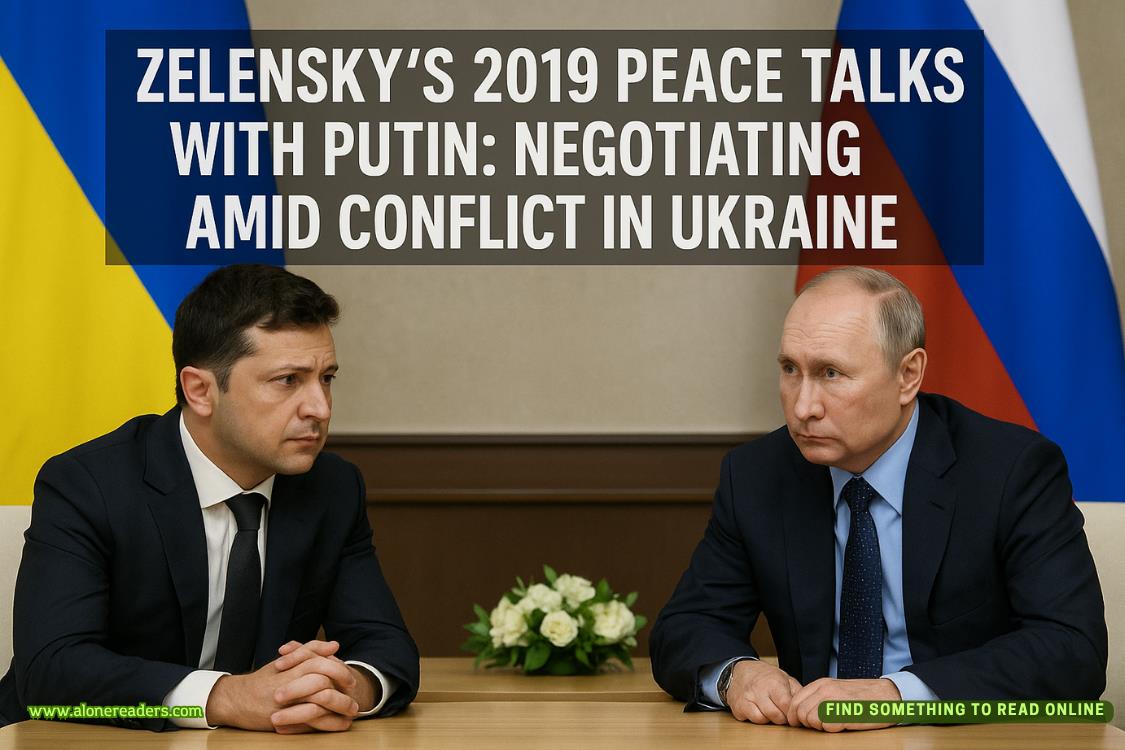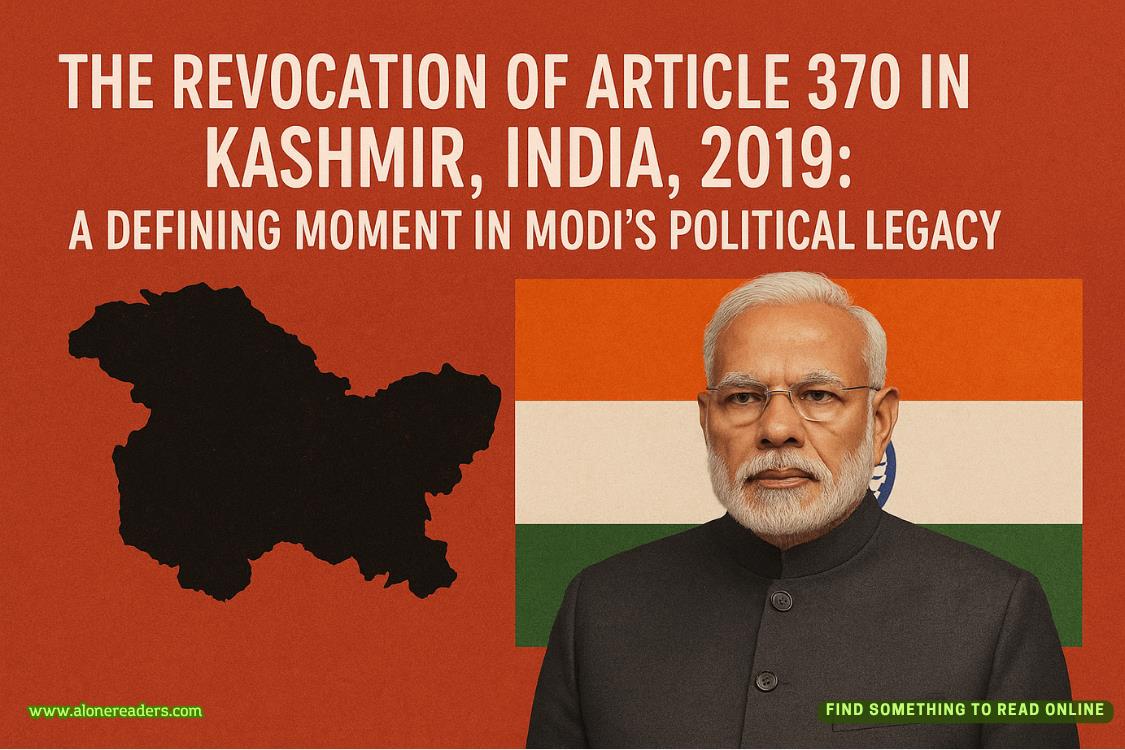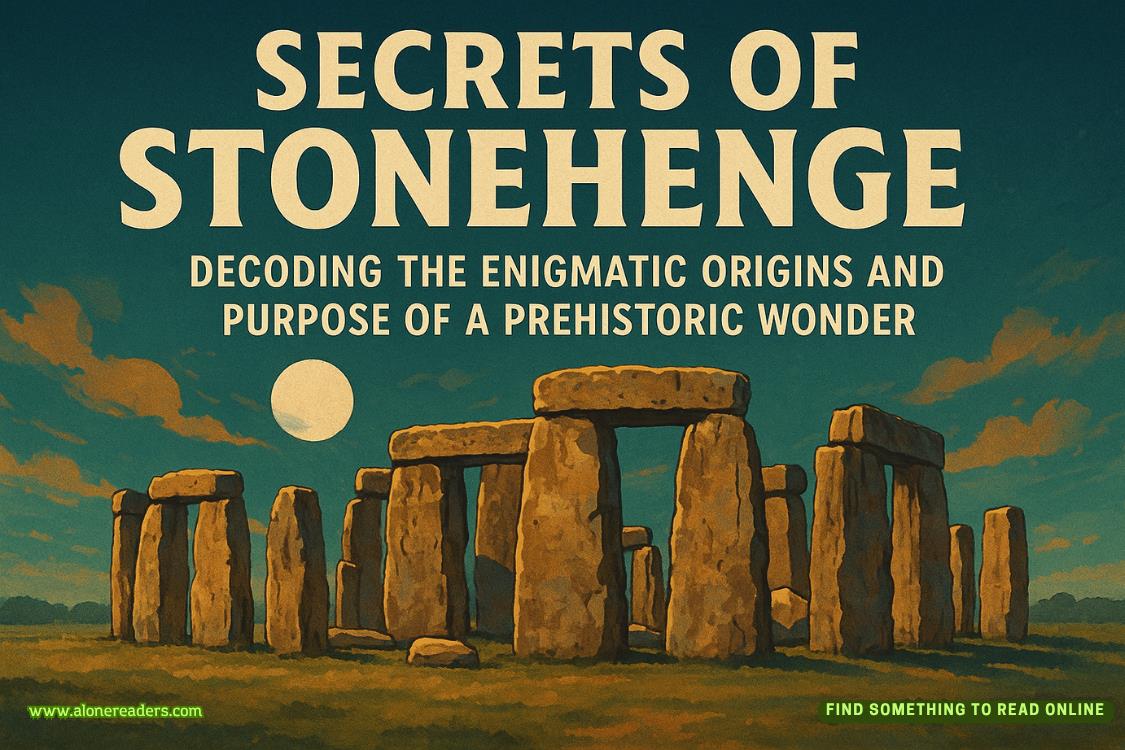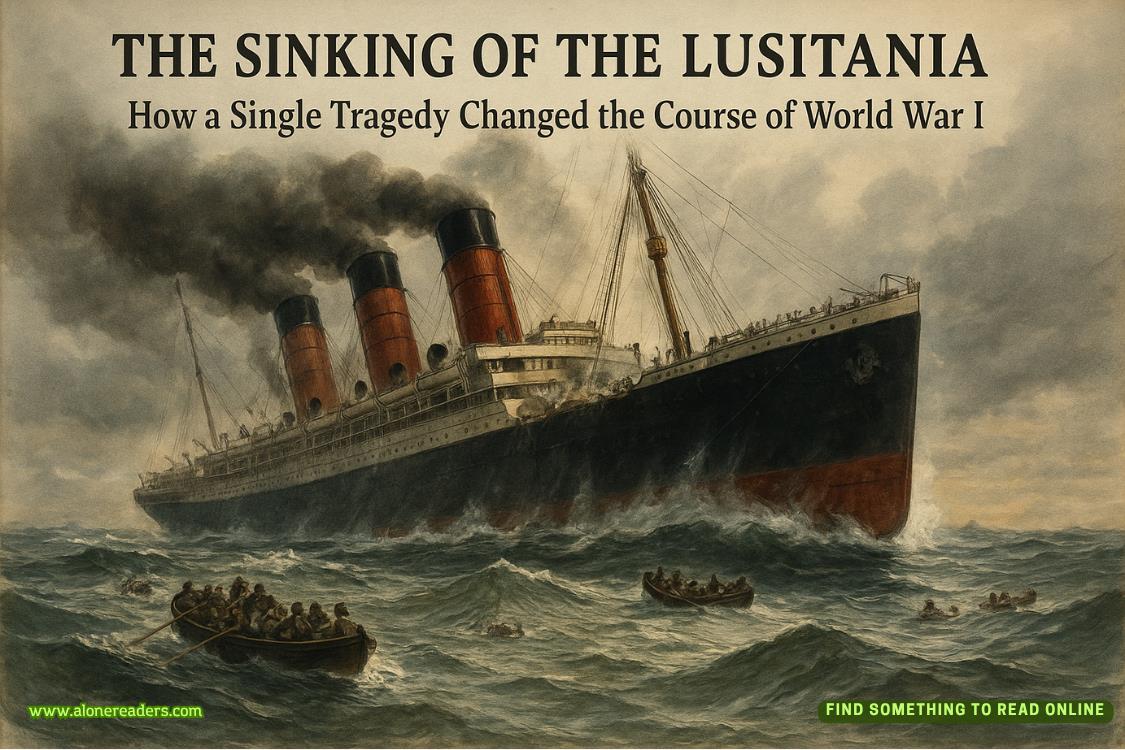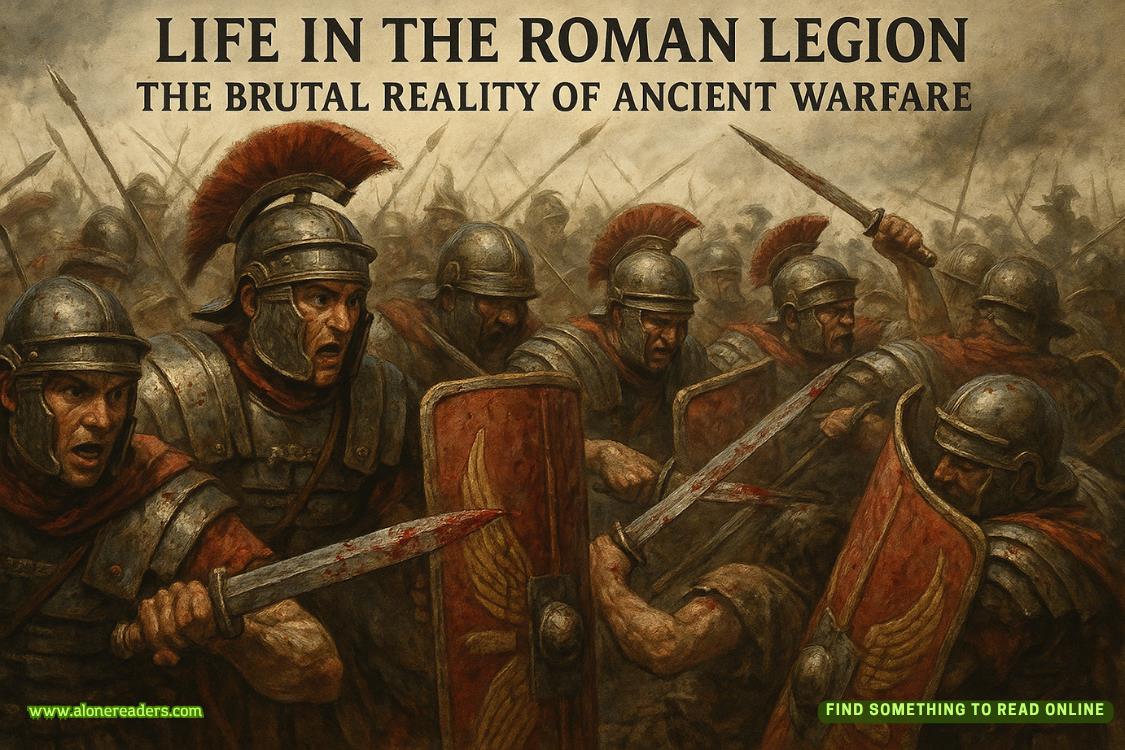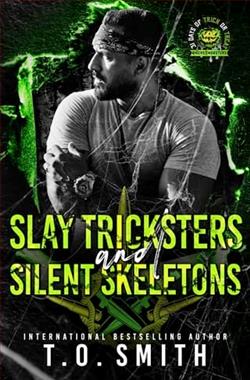Page 85 of Cry Havoc
CHAPTER 27
Tan Son Nhut Air Base
Saigon, Vietnam
February 7, 1968
“I KNOW WHAT YOU’REthinking,” Quinn said.
“Yeah? What?” Tom responded.
“You’re thinking about the girl.”
“What girl?”
Tom and Quinn walked through the oppressive heat toward the Volpar twin-engine Beech 18 aircraft that sat just outside one of the CIA hangars on Tan Son Nhut Air Base. The aluminum fuselage gleamed in the early-morning sun, and though the plane lacked any distinguishing paint or military markings, its tail number would eventually lead to an entity known as Air America.
“You know what girl.”
“Oh, that girl,” Tom said. “I’ve already forgotten about her.”
“I’m sure.”
Quinn was in khaki pants and a blue button-up short-sleeve shirt, untucked and covering his 1911. Tom wore jeans and a long-sleeve green button-up shirt with epaulettes that he had liberated from the safe house.His sleeves were rolled up, and it too was untucked to conceal his Browning Hi-Power and EK blade.
Quinn pulled open the door just behind the wing on the aircraft’s left side and looked inside.
“Two seats in the cargo area behind the cockpit. The other seats are removed like we requested,” he reported.
Four of the passenger seats had been taken out to make room for a body.
Quinn tossed his duffel inside. Tom did the same.
“Well, let’s go do this,” Quinn said.
Neither of them were looking forward to what was coming.
Tan Son Nhut Air Base was home to one of two mortuary facilities for U.S. service members in Vietnam. The other was in Da Nang. Amiuh’s body had been stored at a temporary morgue before being transferred to the mortuary at Tan Son Nhut, where it was prepared for burial.
True to his word, Serrano had worked with MACV-SOG headquarters and arranged for Amiuh to be transported to his village outside of Kontum. The Air America Twin Beech aircraft would fly them to an American air base in the Central Highlands near the borders of Laos and Cambodia, where they would transfer to an Agency helo for the hop to Amiuh’s village. Tom and Quinn would accompany their dead teammate, locate the Catholic priest living in Amiuh’s village for support, and then make notification to Amiuh’s wife and family.
Tet had delayed their departure by nine days, as all military and CIA assets shifted focus to the country-wide NVA and Viet Cong assault. Tom and Quinn had heard that an estimated thirty-four provincial capitals and seventy district towns had been hit along with Saigon. Those numbers were based on initial reporting and had been increasing all week. With intelligence and battlefield reports still coming in, the full scope of the Tet attacks was unknown.
Because they were already in Saigon, MACV-SOG had assignedthem to the embassy, which had been a high-profile target of the offensive. VC sappers had blown a hole in the embassy wall and attempted to take it over just after midnight. In the ensuing battle, eighteen of the nineteen guerrillas were killed, and one was taken prisoner. The security force had the compound secured by 0900, but four U.S. Army MPs and one Marine had been killed. Tom and Quinn were assigned to augment embassy security in the event of follow-on attacks. They had spent the next week on the embassy roof with a Stoner 63 machine gun and an M40 7.62 x 51mm Remington 700 bolt-action Marine Corps sniper rifle with a Redfield 3–9x Accu-range scope. Now, with most of Saigon back under the control of the South, the CIA had arranged for the two MACV-SOG operators to accompany their fallen teammate back to his village.
As they walked toward the hangar between a Curtiss C-46 Commando and Pilatus PC-6 Porter, they stopped and turned toward the sound of an approaching vehicle. The car was familiar to them. A midnight blue four-door 1962 Ford Mark III Zephyr 6 sedan pulled to a stop with Nick Serrano at the wheel.
He exited and shook both men’s hands.
“Thank you again for arranging all of this,” Quinn said. “Means a lot to us.”
“Least I could do. We are all in the same fight,” the CIA man responded.
“Any leads on why Quinn and I were targeted during Tet?”
“Not yet. We’re working on it. We’ll find the leak.”
“Thanks for coming to see us off.”
